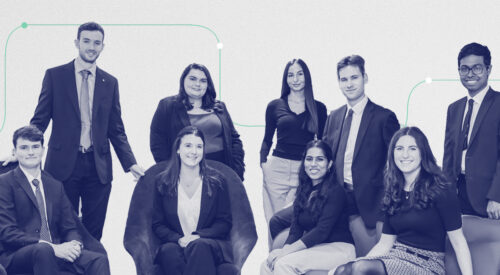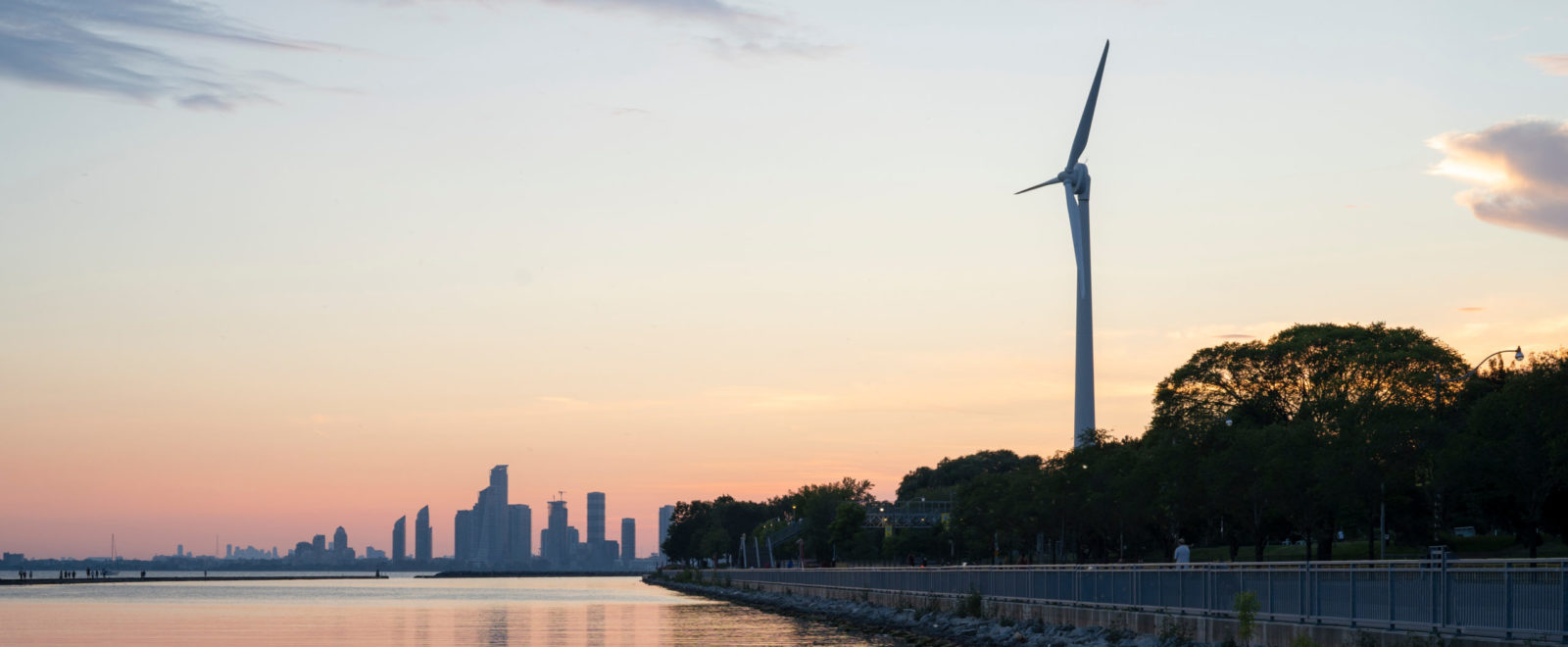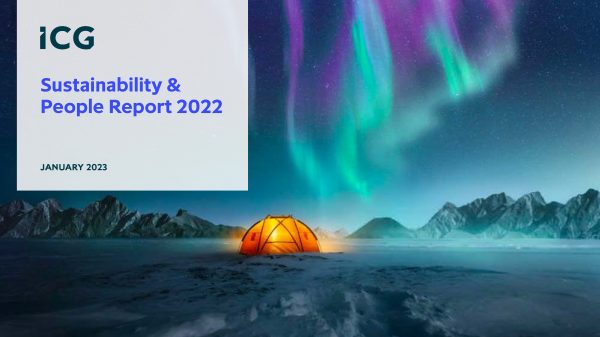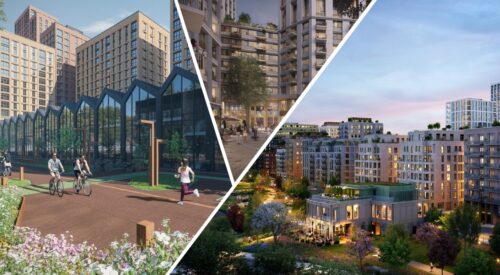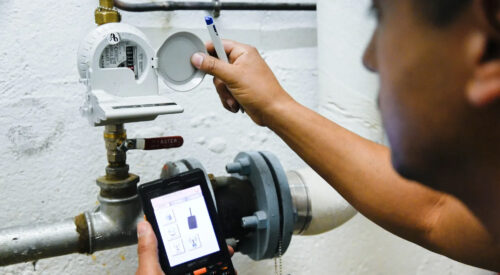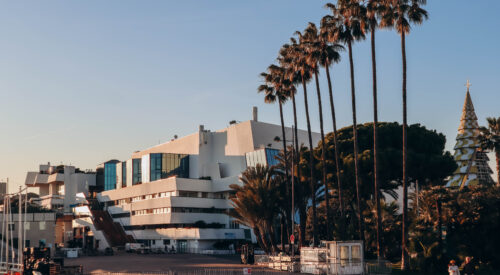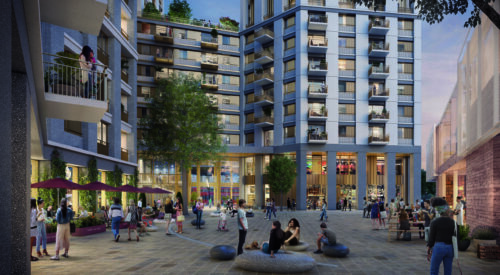Strategies in focus:
Towards a more sustainable real economy
Investments in real assets, such as commercial real estate, housing developments, renewable energy and other infrastructure delivering core services, can play an important role in supporting global economic growth and enhancing social cohesion. The Organisation for Economic Co-operation and Development (OECD) estimates1 that $6.9 trillion per year is needed up to 2050 for investment in sustainable and resilient infrastructure to achieve the UN Sustainable Development Goals by 2030 and net zero emissions by 2050.
To capitalise on this growing investment opportunity, ICG has launched a number of sustainably-themed products investing in real assets. These products have sustainability frameworks designed to align with specific UN SDGs, and all incorporate climate-focused SDGs including SDG 7 (Clean Energy) and 13 (Climate Action); and deliver tangible, targeted improvements in the sustainability performance of assets as part of the asset management plan.
As at 30 September 2022, these sustainably-themed products constitute nearly half (48%) of total AUM in real assets, compared to 34% a year earlier; and a significant growth opportunity for ICG.
| Asset class | Real Estate | Infrastructure | |
| Strategy | European Real Estate Debt | Sale and Leaseback | Infrastructure Equity |
| Strategy overview | Pan-European real estate debt strategy with a distinctive approach to investing in self originated, predominantly first mortgage investments |
Targets mission-critical, commercial real estate assets across the UK and Europe |
Seeks to acquire a diversified sustainable portfolio of Core+ mid-market infrastructure assets in Europe, with a focus on downside protection |
| Sustainability approach | Financial incentives for improvements, and targeted engagement | Allocated capital for sustainability improvements, and targeted engagement | Incorporated into active asset management |
| Sustainability focus themes | ➡ Climate change ➡ Natural resource use |
➡ Climate change ➡ Natural resource use |
➡ Climate change ➡ Natural resource use ➡ Diversity and inclusion ➡ Human capital management |
| Targeted UN SDGs |      |
     |
    |
European Real Estate Debt
The strategy provides financial incentives, in the form of margin ratchets, to borrowers seeking to improve the sustainability of existing and new commercial real estate.
This is achieved through a dedicated Green Loan Framework (GLF) that ICG designed in alignment with current best practice, including the recommendations laid out in the LMA Green Loan Principles and the EU Taxonomy. The aim of is for the majority of committed capital to qualify under the GLF by demonstrating, over time, a high standard of performance across a combination of areas (see graph).
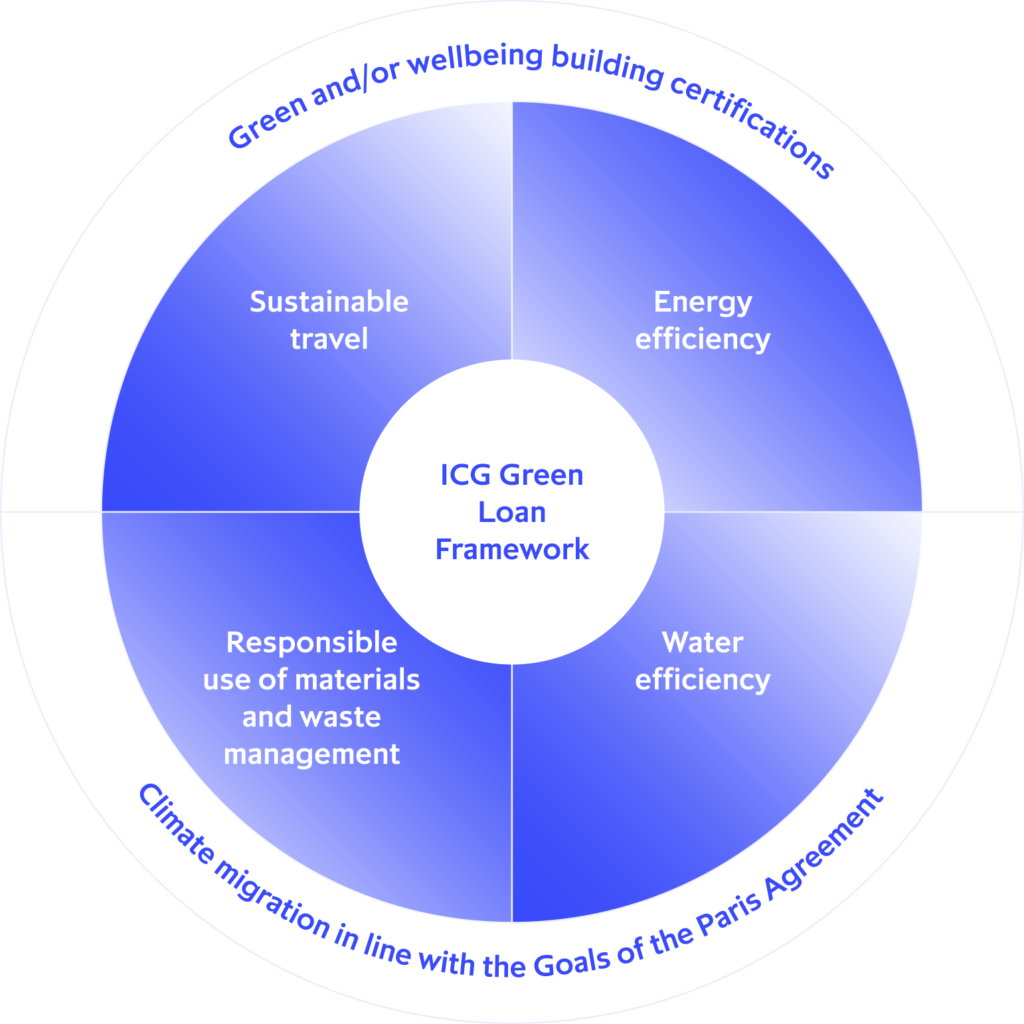
To date,
80%
Of committed capital has been in green loans2 to projects that have made clear commitments to sustainability.
Creating innovative opportunities in sustainable real estate debt investments
Since the inception of the strategy, 80% of committed capital has been in green loans2 to projects that have made clear commitments to sustainability. The investment team has actively engaged with borrowers and sponsors, typically at the time of investment, to identify value-add opportunities for improvement. Below are some examples of green loans provided and our engagement efforts:
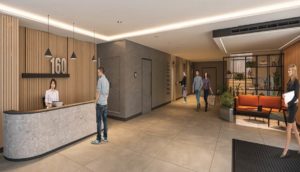
- Supporting the borrower’s commitment to refurbish a central London office with the aim to deliver a Net Zero Carbon3 building, which among other things will include pursuing an EPC A rating and replacing gas boilers with an electric air source heat pump system. The property will seek an Excellent BREEAM certification in demonstration of its holistic approach to sustainability.
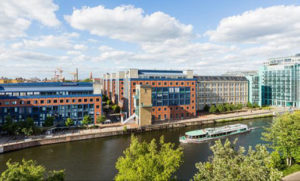
- A mezzanine facility to finance an office campus in Berlin with clear commitments to reduce energy consumption by 57% and corresponding carbon emissions by 58%, in line with the Goals of the Paris Agreement.
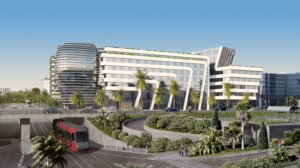
- Supporting the development of a premium hotel in the south of France working with a sponsor that has a long-term commitment to operate the property in line with the Goals of the Paris Agreement, including switching over time to 100% renewable energy supply and delivering top-tier energy efficiency performance when benchmarked against similar properties, among other sustainability characteristics.
Sale and Leaseback
ICG Sale and Leaseback has adopted a distinctive approach to enhancing the sustainability of the underlying assets in its portfolios.
The Sale and Leaseback team is working collaboratively with tenants of mission-critical real estate to diagnose current performance and to drive improvements that promote greater energy security and cost predictability, reduction of greenhouse gas emissions, better utilisation of energy and water resources, and efficient waste management programmes.
As part of its approach Sale and Leaseback is able to re-invest up to 2% of its committed capital to enhance the sustainability of the underlying assets in its portfolios. Since launching the strategy in 2019, the team has engaged with the majority of tenants and directly contributed to the financing – or facilitated third-party, innovative financing solutions – for a range of tangible improvements that have a combination of environmental, economic, and social benefits.
Some recent examples of such engagements include:
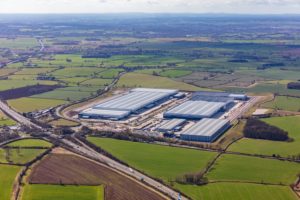
ICG’s Sale and Leaseback team worked closely with the developer and contractors of a logistics park in the Midlands, UK, on one of the largest net zero-ready developments in the UK, benefiting from a BREEAM Excellent rating. High levels of sustainability and safety standards were adopted during construction, including recycling almost all waste, on-site concrete batching, and using 100% green diesel for deliveries, which alone resulted in over 300 tCO2e saved to date.

ICG worked with an energy solutions tenant in Austria to facilitate the construction of an energy transfer station which deploys innovative technologies to redistribute surplus energy from that tenant’s operations to other members of the community, including heating the local public outdoor swimming pool.
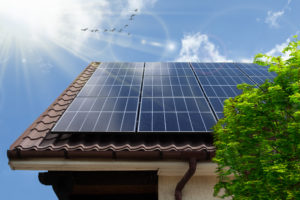
The Sale and Leaseback team has partnered with renewable technology solution providers to facilitate
the installation of solar panels on the rooftops of suitable assets in the portfolio. Through energy-as-a-service arrangements, tenants benefit from greater energy supply security at competitive prices with limited impact on the environment and in support of their own corporate climate commitments.
Infrastructure Equity
The strategy has adopted a “green generalist” approach, including operational value creation with a sustainability focus.
Through its asset management efforts, ICG operates a tailored Infrastructure Sustainability Framework, drawing on the Global Impact Investing Network’s IRIS+ taxonomy, to identify, assess, monitor and, where possible, quantify the direct contribution of portfolio companies’ core activities to relevant SDGs. Under the Infrastructure Sustainability Framework, portfolio company engagement – including KPIs setting (where ICG has access to and influence over management) – prioritises four themes: climate change, natural resource use, human capital management, and diversity and inclusion, alongside other material company-specific ESG (environmental, social and governance) risks and opportunities.
Below are examples of the positive impacts4 of the portfolio in 2021 and 2022:
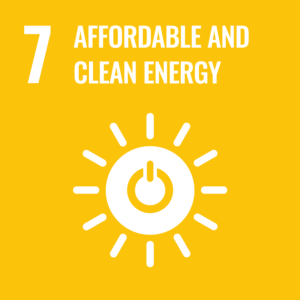
455 GWh
Of renewable energy generated (2020: 277 GWh), contributing to the growing electricity demand around the world
1,703 MW5
of installed renewable energy generating capacity (2020: 221 MW) contributing to the low carbon energy transition on 5 continents
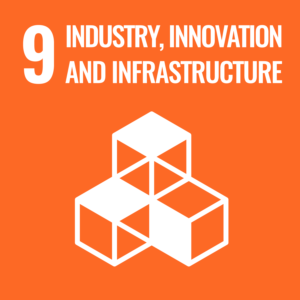
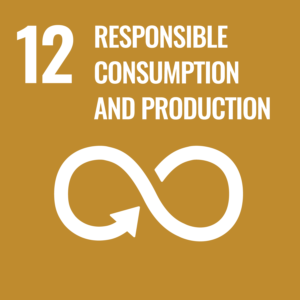
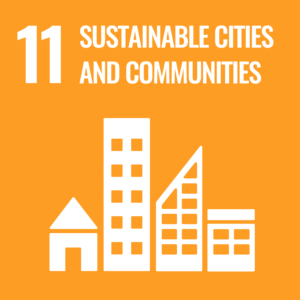
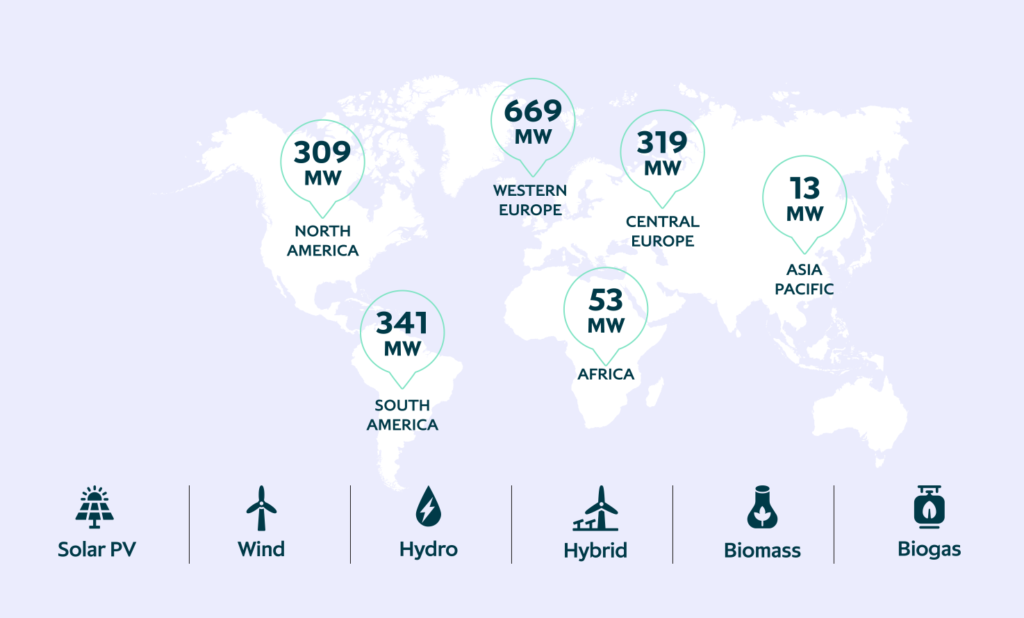
4,300 km
of owned fibre network deployed and operated (2020: 4,075 km) — 25% in rural areas (2020: 22%), supporting the connectivity of over 112,000 households and businesses (2020: 80,000)
30 million m3
of water saved (2020: 27 million m3) across 1.7 million households through smart metering (2020: 1.6 million)
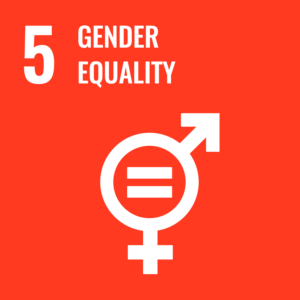
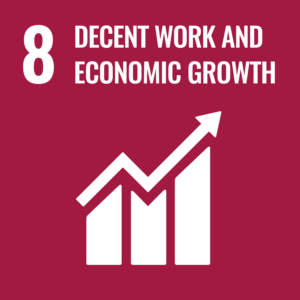
215
net jobs created (2020: 135)
Providing decent jobs to over
1,330
(2020: 1,100) people,
36%
of whom are female (2020: 35%)


